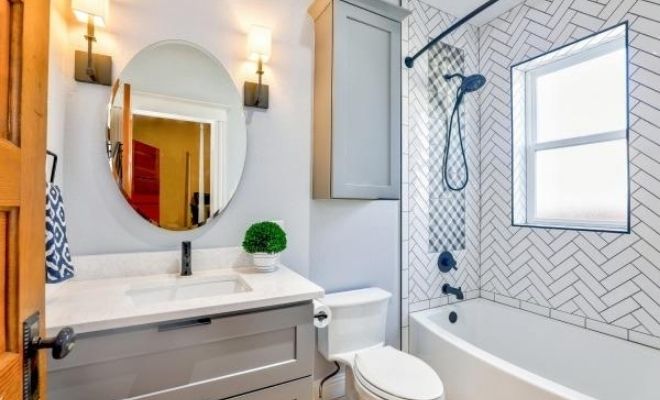The one room in your home which is exposed to a lot of water is the bathroom. Due to heavy usage of water in bathrooms, there are chances of water seeping in behind walls and under flooring, leading to water damage. And if the damage is not treated in time, problems like mould and structural damage could creep up on you slowly. Not only would it require substantial efforts to repair but also involve high costs. To help prevent water damage in your bathroom we have briefed down a few tips that will go a long way.
Keep an eye out for signs of leaks:
If you notice any musty odours, discolouration of walls or floorings, and drywall bubbling these could indicate there’s a leak somewhere. Test the walls to know if any areas have gone softer than others. Check for leaks under vanities and don’t forget the sink trap. If any of these issues arise, detect the source of leak and have it repaired immediately.This tip should help you prevent water damage in your bathroom.
Fix or replace tiles:
When the bathroom tiles are cracked, broken or not in place, there are chances of water making their way into walls and beneath flooring. To avoid any water damage, it is important to repair or replace the tiles. The same goes for caulking along sinks, showers, tubs and cracked or deteriorating grout.
Check valves:
Another tip to help prevent water damage in your bathroom is to have the valves of your sinks, showers and toilets tested regularly to make sure they are in working condition. Wetness or staining around the valves are usually signs of a leak. If you notice any such problems call a professional to look into the matter.
Upgrade to newer models:
Research shows that toilets account for approximately 40% of your annual consumption of water. Adding to this, older models of showerheads might use twice the amount of water used by newer models. This suggests the replacement of old fixtures by upgrading to newer models. This will help keep water usage in check and prevent potential water damage in your bathroom along the way.
Unclog the drain/hire a plumber:
If you are faced with a slow draining sink, it could be due to a clog. Prepare a mixture of baking soda and vinegar and pour it down the drain. If it doesn’t help to unclog the drain, call a plumber to inspect the trap for clogs. Ensure no water is collected and sitting in the area surrounding the sink.
Toss items into the trash:
Apart from toilet paper, no other item should go down the toilet. Feminine products, diapers, baby wipes, may clog the plumbing. Keep a bin in the bathroom to discard such items. Always opt for septic safe toilet paper as it breaks down and dissolves easily.
Turn on the exhaust fan:
Another effective tip to help you prevent water damage in your bathroom is to make sure you switch on the exhaust fan whenever you use the shower or tub. The fan helps to draw out excess moisture from the bathroom, preventing mould and odour problems. In the case of high humidity levels, you can install a dehumidifier in your bathroom.
Drain water:
Drain all water from the shower or tub after use. Remember to also remove any water sitting on the floor. This will help prevent any potential water damage. Torn shower curtains or shower doors having damaged seals should be replaced.
Make use of bath mats:
Place bath mats on your bathroom floor to soak up water when you step out of the shower or tub. They help reduce the risk of excess water building upon the floor.
Follow these tips and prevent water damage in your bathroom.
If your bathroom has suffered from water damage and mould, contact One Prime Remedial Solutions for water damage restoration and mould removal services.
